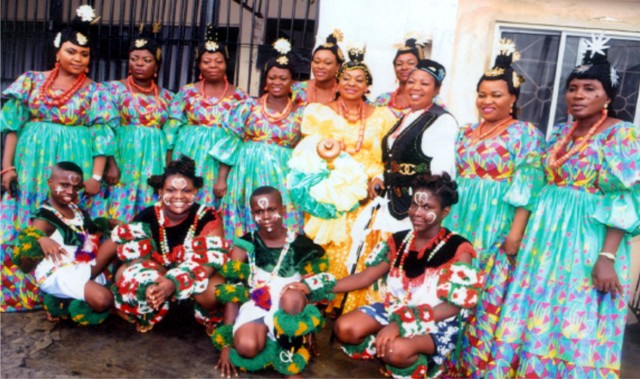Women
Career Women: Grappling With Fresh Challenges

There have been huge changes for women in terms of employment in the past decades, with women moving into paid employment outside the home in ways that their grandmothers and even their mothers could only dream of. For the first time, in 2011, women made up slightly more than half the workforce. There are (some) high-profile women chief executives. There is a small but increasing number of female presidents. Women are moving into jobs that used to be done by men. Even those women working in factories or sweatshops have more choice and independence than if they remained at home.
Although more women are working, they are often still worse paid than men, in part-time jobs or in the huge informal employment sector with little protection and few rights. In many places, the increase in women working is simply driven by the necessity of having two wages to make ends meet.
And at the top of industry and government, the faces remain stubbornly male. In fact, there is some evidence that the number of women are actually decreasing.
It is true that progress in terms of gender equality is uneven, but the proponents of the argument that women are taking over the world at work need only look at statistics on employment, equal pay and political representation of men and women to see just how wrong they are.
Gender analyses of labour markets tend to look at women’s participation in paid employment compared with men’s and not the huge informal sector in which so many women work; selling a handful of tomatoes that they have grown in their gardens, picking cotton or sewing at night long after their children have gone to bed. The number of women owning small and medium-sized businesses is estimated to be between 8 million and 10 million, and although this is still far fewer than that for men owning similar enterprises, numbers are slowly growing. In most countries, the informal sector is far larger than the formal one. For example, in South Asia more than 80% of men and women work in the informal sector, and in Sub-Saharan Africa it is 74% of women and 61% of men.
There are also more women in formal paid work today than at any point in history. They now make up about 40% of the global formal labour force, and 43% of the agricultural labour force, although this varies considerably from country to country. For example, in the Middle East and North Africa in 2010, only 21% of women participated in the formal labour market, compared with 71% in East Asia and the Pacific. Men’s labour participation rates tend to be more stable, both across countries and in different income groups.
While they cannot be said to be representative, the highest positions are even more elusive for women: only seven of 150 elected heads of state in the world are women, and only 11 of 192 heads of government. The situation is similar at the level of local government: female elected councillors are under-represented in all regions of the world and women mayors even more so. And many of the women in top positions are already lined up for success. The few women in the Forbes rich list mostly come from rich families or business dynasties such as Walmart or Apple.
In the private sector, women are on most boards of directors of large companies but their number remains low compared to that for men. Furthermore, the “glass ceiling” has hindered women’s access to leadership positions in private companies. This is especially notable in the largest corporations, which remain male dominated.
Globally, research by accountancy firm Grant Thornton in 2013 found that women now fill 24% of senior management roles, a percentage that is gradually creeping up. But women make up only 16% of board members in the rich-world G7 economies compared with 26% in the Bric economies (Brazil, Russia, India and China) and 38% in the Baltic countries. Interestingly, one possible reason for this is that women in the latter have more access to childcare from extended families or from women they employ as nannies.
What is interesting too is that despite the fact that in many countries girls are forging ahead of boys when it comes to educational attainment, this doesn’t always pay dividends when it comes to employment. Despite the youth bulge in much of the global south, even secondary and university education, where girls and young women are excelling, are failing to translate into employment for many young women. As one report from the World Bank notes: “Progress in education is not matched by higher labour force participation. By age 24, women lag behind in all regions. In Latin America and the Caribbean, the gap is around 26 percentage points. The gap is even larger in South Asia, where 82% of men are active in the labour market, against just 28% of women.”
If we look at the gender pay gap, the story is no better. An International Labour Organisation (ILO) study of 83 countries found that women earn 10%-30% less than men. Even in the US in 2010, women working full-time still earned only 77% of the male wage. In sub-Saharan Africa and East Asia and the Pacific, young women aged 15-24 who are working earn only 82% and 84% respectively of the amount young men earn in an hour. According to the ILO, if present trends continue, it will be another 75 years before the principle of equal pay for work of equal value is achieved.
Nikki van der Gaag
Women
Emohua Widows Receive Items From Ogbakor Ikwerre California


Women
When Rivers Women Pray

Women
RIVERS NAWOJ AND PHACCIMA PARTNER TO STRENGTHEN MUTUAL GOALS




